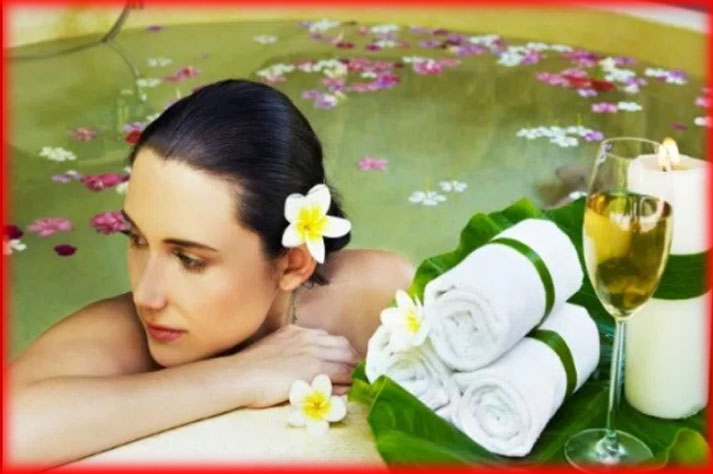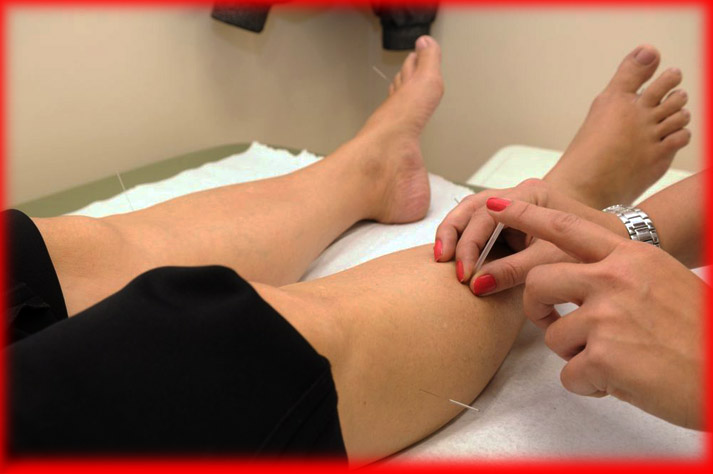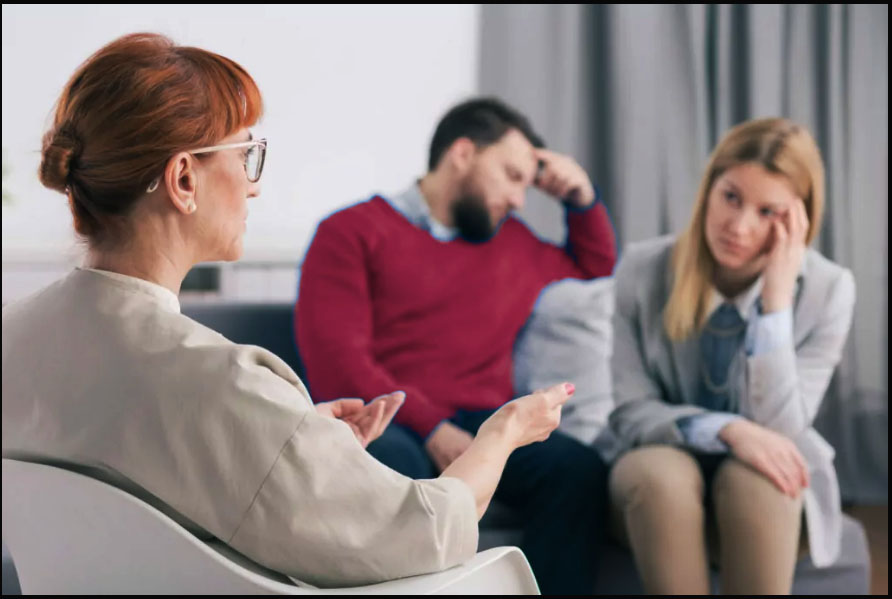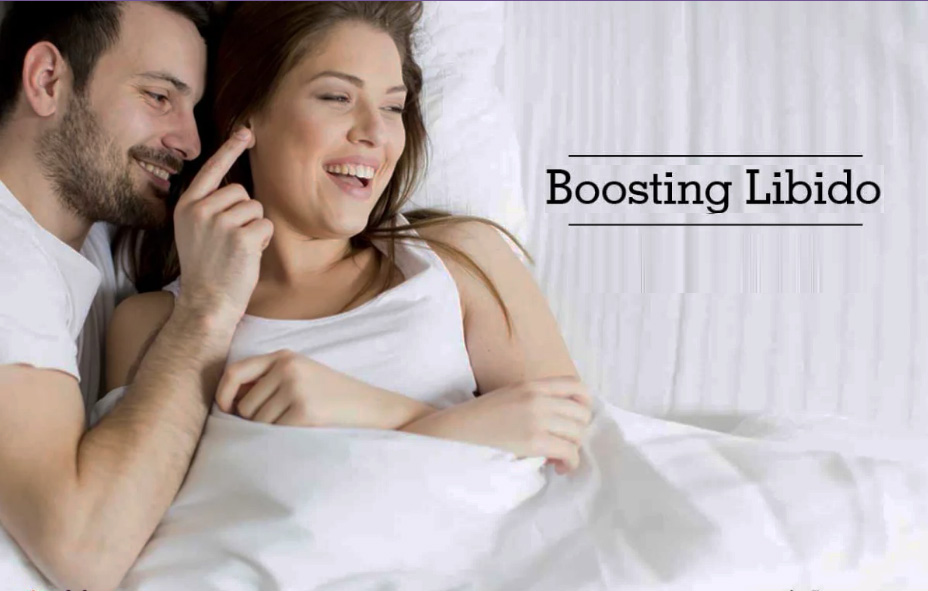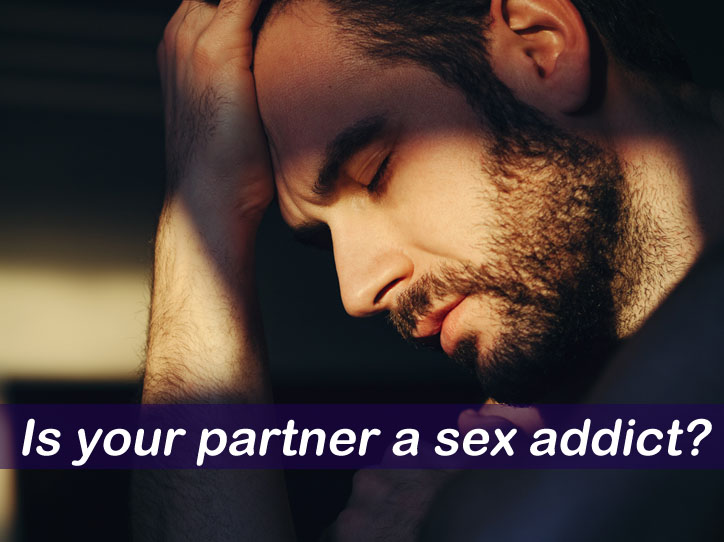While modern medicine excels at healing, it is the traditional and alternative therapies that help you ward off disease, or get to its root for a lasting cure
A major goal of the 12th Five-Year Plan is to integrate four alternative systems of medicine — Ayurveda, Unani, Siddha and Homeopathy (AYUSH) — in teaching, research and practice. The 2002 National Health Policy has noted that under the rubric of a national health framework, these systems “have a substantial untapped potential.” The focus, in other words, will now be to fully tap the sector’s potential.
The sector is already quite big – it has 7.87 lakh registered practitioners, 3,277 hospitals with 62,649 beds, 24,289 dispensaries, 489 graduate and PG colleges, and 8,644 drug manufacturing units. TOI looks at some practitioners of alternative medicine .
ACUPUNCTURE
This ancient oriental practice has a clear scientific basis. Using very fine needles to stimulate nerves, brain centres are spurred to release pain relieving chemicals, says acupuncturist Dr Raman Kapur, senior consultant at Sir Ganga Ram Hospital. Acupuncture is commonly used to treat migraines, cervical spondylitis, muscular pain, arthritis and slipped disc with sciatica. It is also used in cases of irritable bowel syndrome, bronchitis, high blood pressure, paralysis, impotence and a variety of other diseases.
“Acupuncture also cures addictions like smoking, alcohol etc,” says Kapur. The duration of treatment varies, with most chronic patients needing two intensive courses (of 20 daily sittings each) to achieve optimum relief.
ACUPRESSURE-MAGNET
THERAPY
This system is built on the concept of energy travelling along channels called meridians. Therapist Jagmohan Sachdeva, who uses a combination of Ayurveda and acupressure, says practitioners use magnets to tune energy levels. The north pole of a magnet is believed to increase energy and the south pole to reduce it. Sachdeva says a burning sensation in eyes, for instance, can be treated using magnets to increase the water element and reduce the fire element. “Similarly, uterine fibroids — sign of an overactive earth element — can be melted by increasing the level of fire.”
Acupressure-magnet therapy is used to heal conditions like cervical and sciatica pain, acidity, allergic asthma, constipation, polycystic ovarian disorder, fatty liver and spleen, and joint pain. Relief from pain, says Sachdeva, can be felt in less than a minute.
WORKING ON THE
SUBCONSCIOUS
New alternatives, such as theta therapy and hypnotherapy that involve digging into the subconscious, are catching on fast. Healer Renu Agrawal says theta therapy is a meditative technique to “slow down the brainwaves to 4-7 cycles per second, a state that naturally occurs one-anda-half hours before waking”.
“It is the most manifesting and creative state. Rishis tapped into their theta state and granted boons,” says Agrawal. For the therapy to work, both healer and patient have to be in the theta state. “On connecting, the healer comes to know the negative programmes in the sub-conscious that cause problems. It can be something from daily life or inherited from parents or carried over from a previous life.”
In this system, grave physical illnesses are believed to be caused by serious blocks in the subconscious. “Colon cancer is the result of resentment with the father,” says Agrawal. For the resolution of a single issue, four to seven sessions are generally necessary; each session lasts up to two hours.
Although hypnotherapy is not very common, “people call in with queries. Most of them have to do with mind control,” says therapist Rama Awasthi. Three sessions within one-and-a-half months are generally required to treat problems like migraine, poor digestion, insomnia, obesity and also behavioural issues, she says.
NATUROPATHY
Naturopathy expert Brij Bhushan Goel and his wife, who have been on a raw fruit and vegetable diet for the last 26 years, believe eating raw food is the key to good health. Naturopathy believes in finding the healing forces of the body through nature. The British Naturopathic Association defines it as “a system of treatment which recognizes the existence of the vital curative force within the body”.
“We believe cooking wastes nutrients; food loses the potential to flush out toxins from the body,” says Goel. Many patients with an endocrine disorder, heart or kidney disease, and even slipped disc now combine therapy with naturopathy in order to avoid synthetic drugs and hormones that may have long term side effects.
AYURVEDA
Eating 10 grams of flax seeds before a meal can control diabetes as well as pills, says Ayurveda practitioner Rakesh Agarwal. While ‘treatment’ is mostly used in a curative sense, Ayurveda and yoga experts stress on preventive intervention to remain healthy. “I think we have now started recognizing Ayurveda as a practical therapy option. So many people come to us for chronic diseases, some of them caused by bad lifestyle.” Agarwal’s simple code to fight obesity, a common problem, has found many takers as it involves only small lifestyle changes: Drinking lukewarm water after meals, avoiding sweets and sugar, avoiding food made from refined white flour, complimenting meals with a chutney of garlic, ginger and onion, and eating dinner before 8 pm. “The formula is simple and scientific as it boosts metabolism and reduces obesity. Most patients who come to us are looking for such techniques for conditions like diabetes, hypertension, chronic obstructive pulmonary disease (COPD), stress and digestive disorders.”
YOGA
Yoga strengthens the body’s defences against disease, claim experts. Yoga therapist Brij Bhushan Goel says deep breathing in yogic postures infuses energy into internal organs, especially the endocrine system.
“Often, stress and environmental factors impede release of hormones. Yoga keeps them in balance.”
Combining physical postures, breathing exercises and meditation, yoga increases relaxation and balances the mind. Yoga practitioner Santosh Sahi even uses ‘laughter yoga’ to relax cancer patients. “Laughter is a contagious emotion. When people laugh, many physiological changes help them feel better. We laugh without any reason and combine it with yoga postures and breathing. We also do clapping yoga, which creates energy,” she says.
